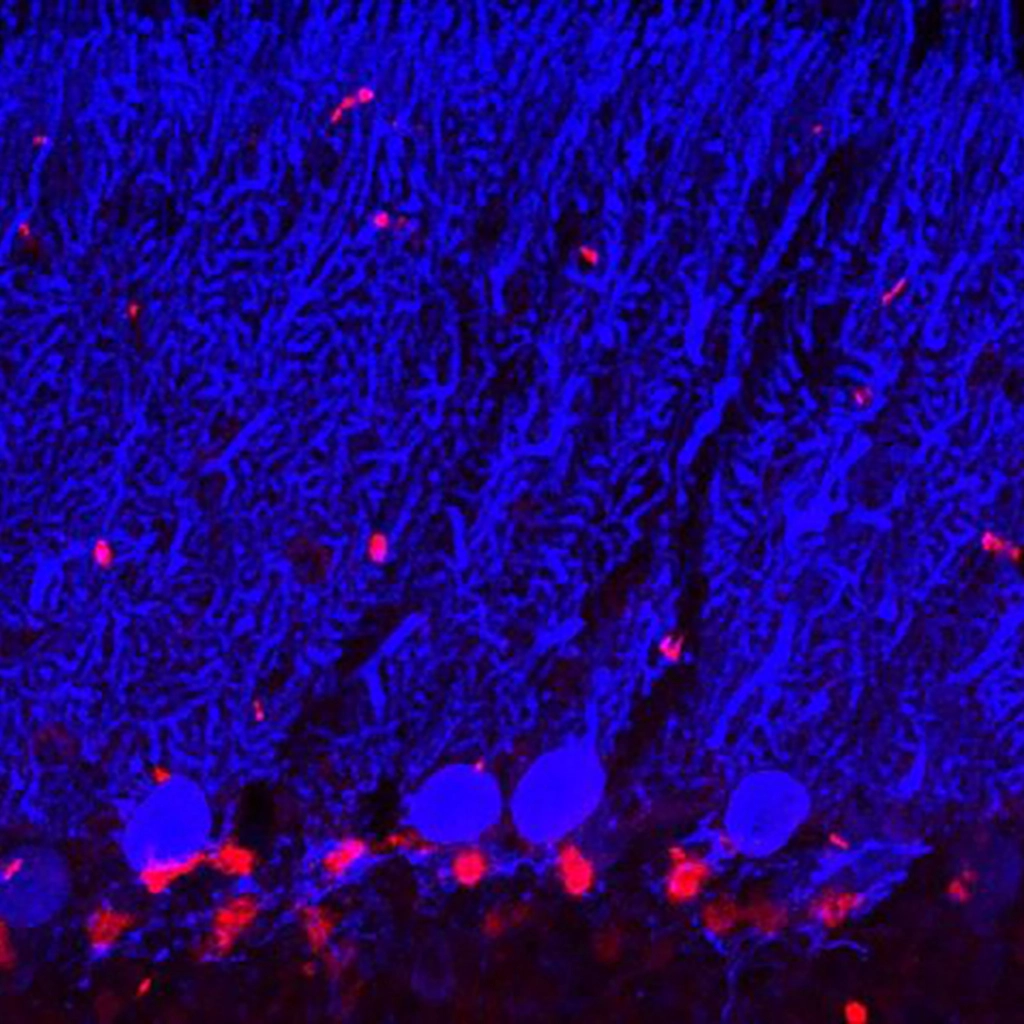
Human neuronal evolution
Our team explores the cellular and molecular mechanisms underlying the evolution of the development and properties of human neurons and neural circuits. We focus on cerebellar neurons and neural circuits.

Our team explores the cellular and molecular mechanisms underlying the evolution of the development and properties of human neurons and neural circuits. We focus on cerebellar neurons and neural circuits.

Our objective is to uncover mechanisms of local translation of mRNAs into proteins in injured axons to promote axon regeneration in the central nervous system.
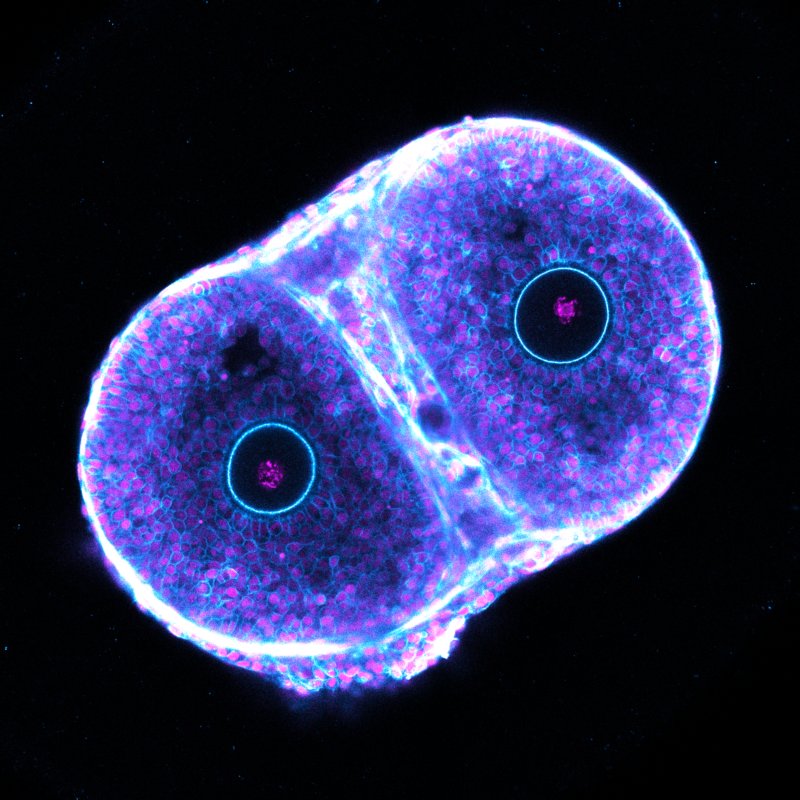
Our team uses ex vivo imaging strategies to model ovarian follicle growth, selection, and ovulation, investigating how cell-to-cell and follicle-to-follicle communication ensures the production of a fertilisable egg.
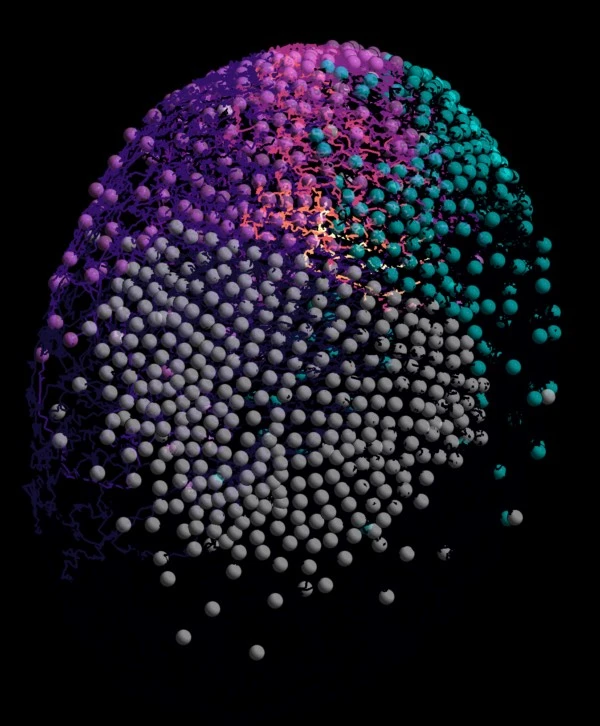
Graph Theory, Machine Learning, and Big Data drive our lab and our analyses of morphogenesis and developmental reproducibility across species from fluorescent microscopy to spatial omics acquisitions.
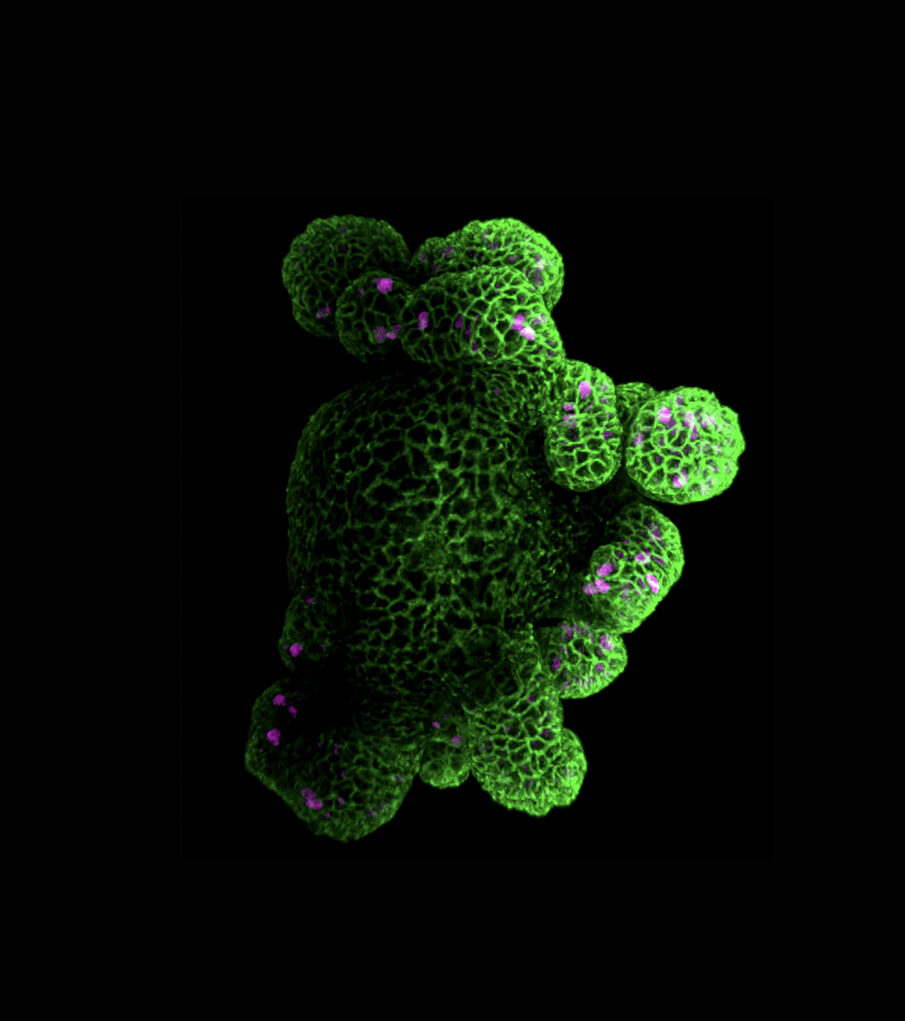
Our aim is to reveal the principles underlying the organization of a monolayered epithelium to ensure functionality and homeostasis.
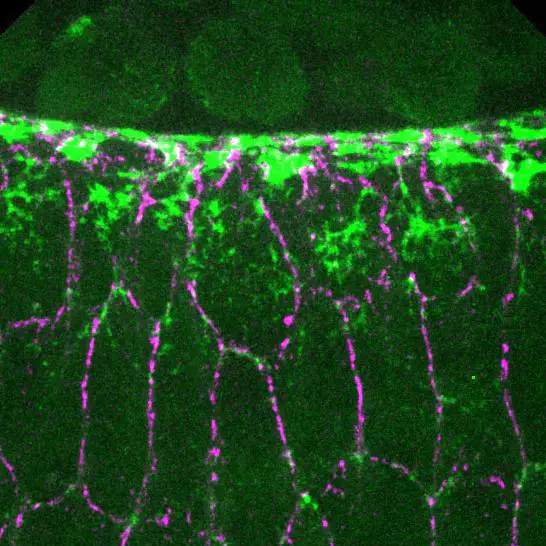
We seek to decipher the « language of morphogenesis », that is the nature and flow of information encoding the emergence of biological forms.
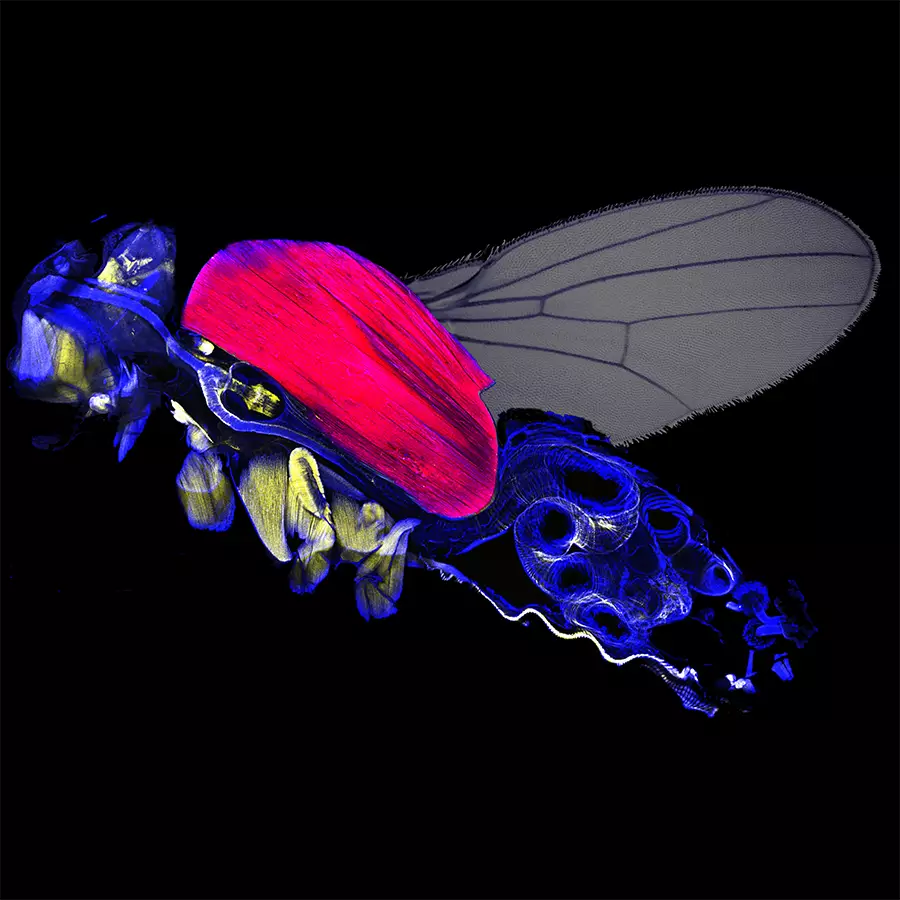
We are investigating the mechanobiology of muscle. We are interested in how functional muscles are made during development and how they remain functional through the lifespan of an animal.
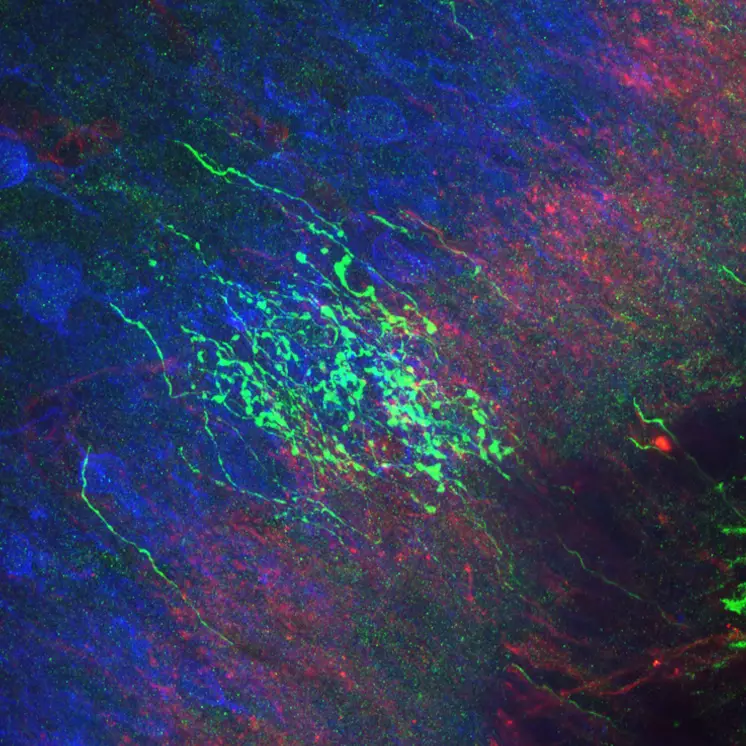
Our team explores the mechanisms through which tissue and nerve injury produce changes in the peripheral and central nervous system, resulting in persistent pain.
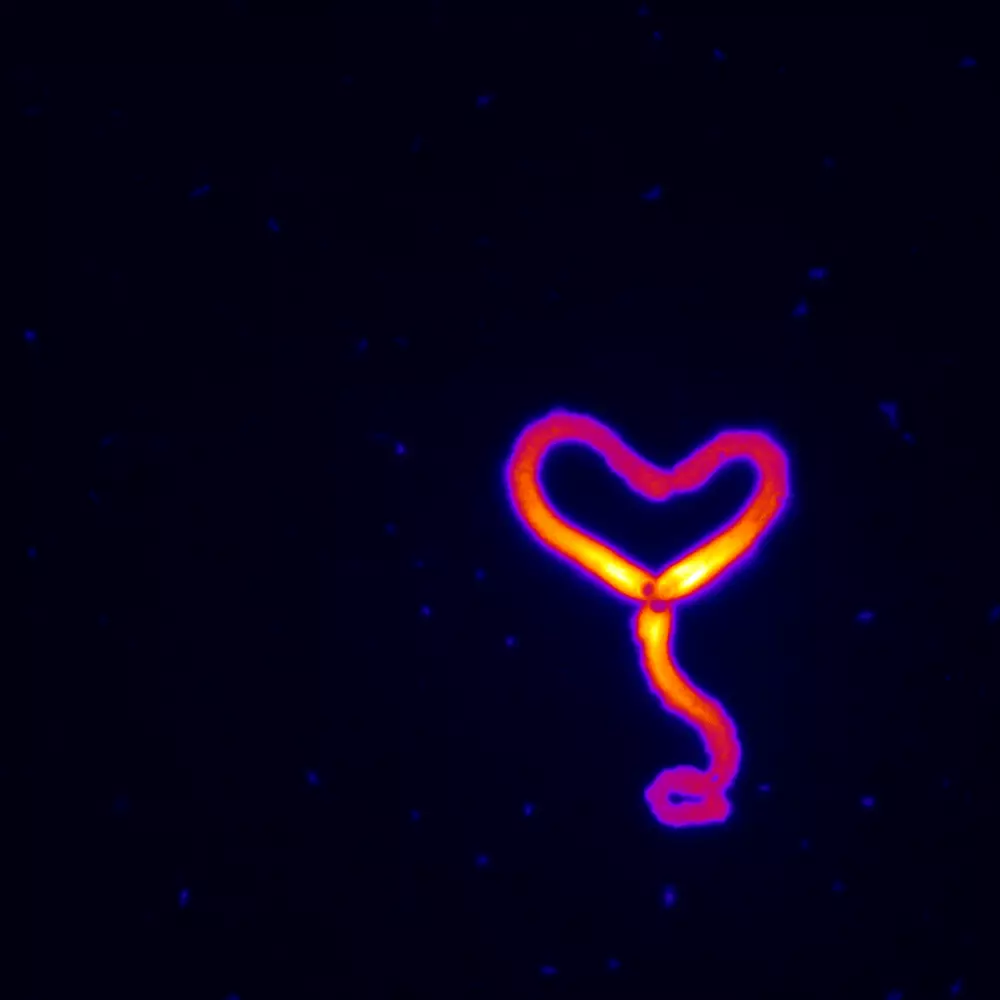
Our goal is to understand how cytoskeletal proteins cooperate for cells to exert forces or resist mechanical stress.
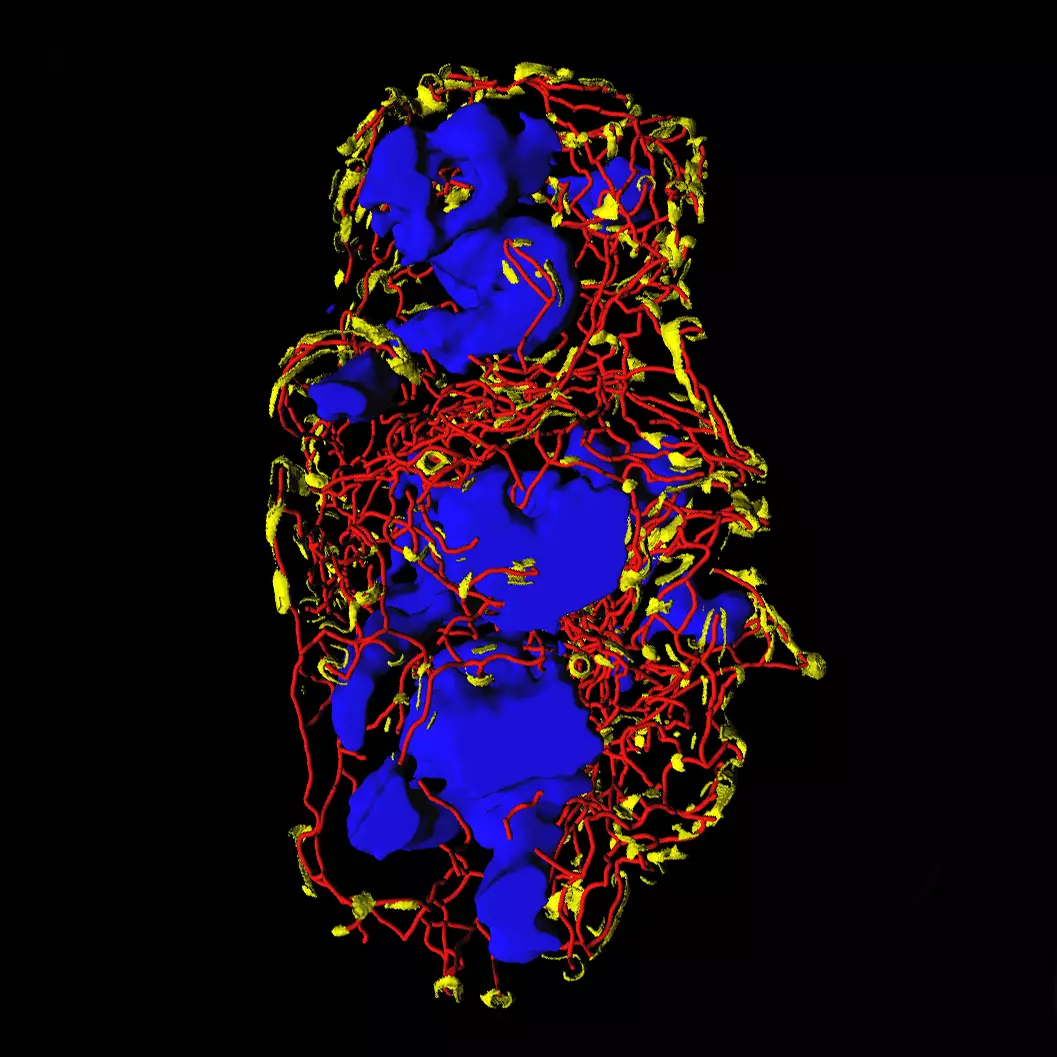
We aim to understand how the nervous system innervates cancerous tumours in order to regulate their development and progression.